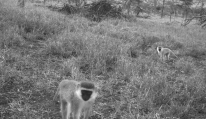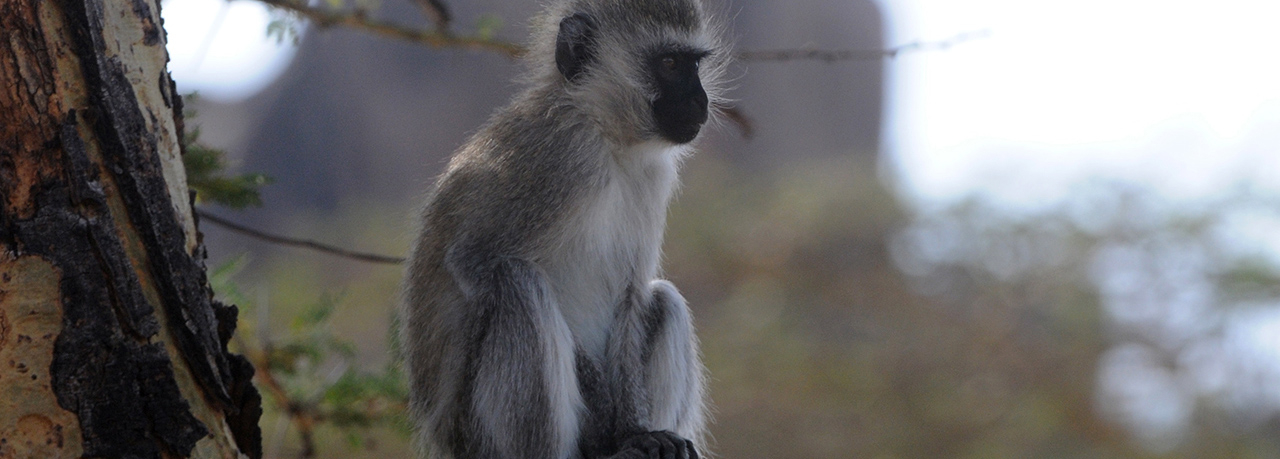Social Structure
Female vervet monkeys remain in the same group as their mothers, while males disperse to neighboring groups when they are five or six years old. Males must claim their dominance in the hierarchy through vocalizations and displays, while females assume a rank near that of their mothers.
Communication
Vervet monkeys have a sophisticated and diverse communication system, making at least 33 different vocalizations. Their warning calls are coded to identify specific predators, including leopards, pythons, and eagles.
Behavior
Vervet monkeys start their day by foraging in their sleeping trees and then descend to the ground to eat shrubs and plants. They spend most of their day looking for food, though they retreat to the trees for a mid-day rest. At dusk, they return to their sleeping trees.
Conservation
Vervet monkeys are a common species with an abundant and stable population. However, their patchy distribution makes them vulnerable to local extinctions.

















